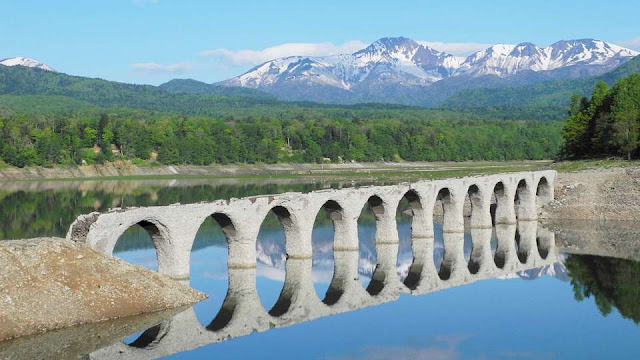South African Railways' Ladismith Branch

The Ladismith Branch of South African Railways ran between the inland towns of Touws River and Ladismith. ( Right of way ) "Ladismith - May 1962 - photo courtesy the photographer © CP Lewis - The resting Class 7 No 987 looks towards the goods shed and station buildings of Ladismith station." (Via Steam Locomotives South Africa ) Nicknamed the Makkadas line (pronounced: MACK-uh-DASS), it began operations in 1925 after two years of construction. "Plathuis had a shop and old-fashioned petrol bowsers. It is situated in the shadow of the Anysberg, a sort of continuation of the Swartberg, not so high but even wilder. No 984 was departing with the eastbound Makadas in 8/1970." (Via Soulo Railway ) The line served three trains per week in each direction, and was the only form of transportation before the road network was built through the area. The first of a 3-part video series on the train is shown on a YouTube video below: In 1981, much of the 88 mile line was destroy...








